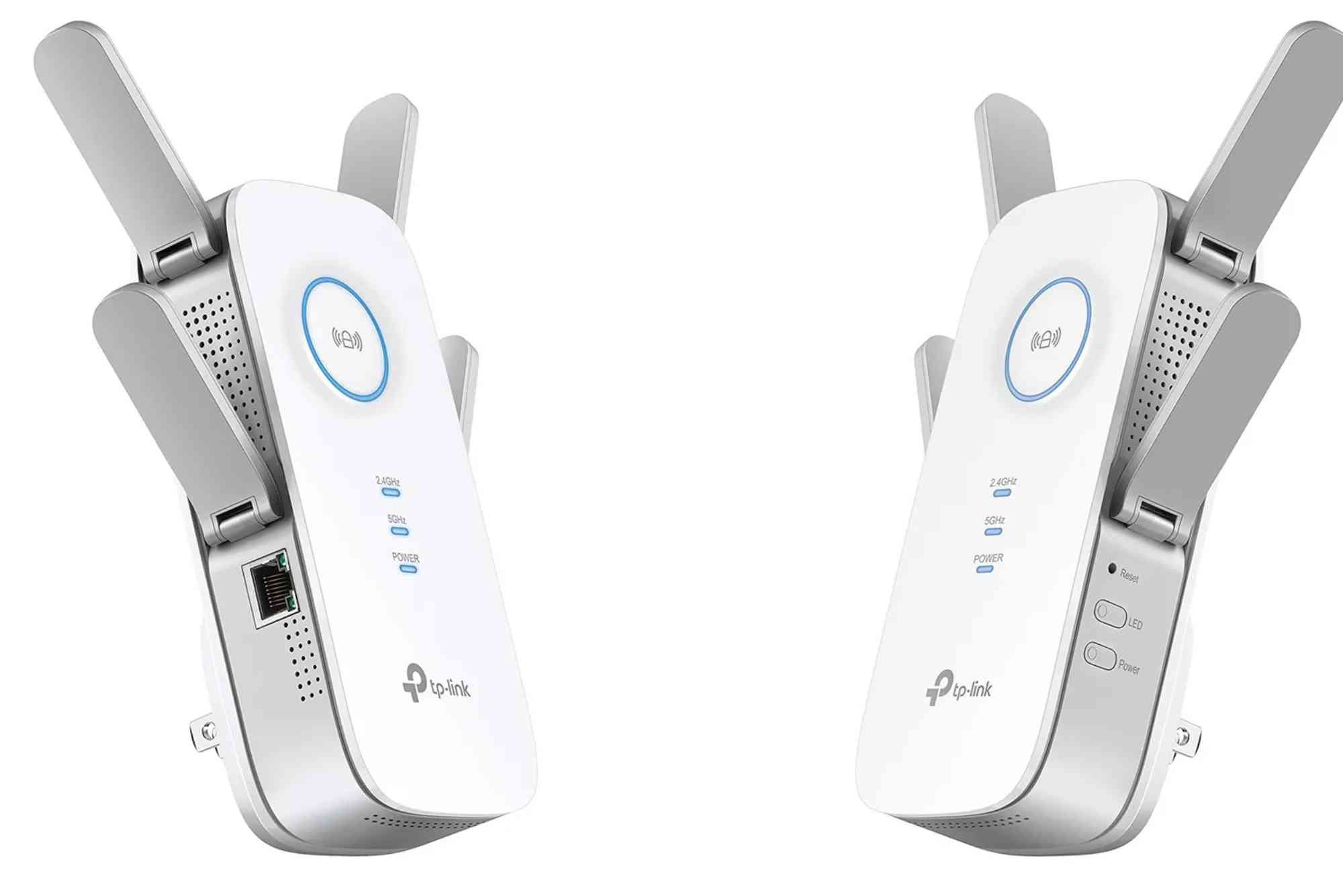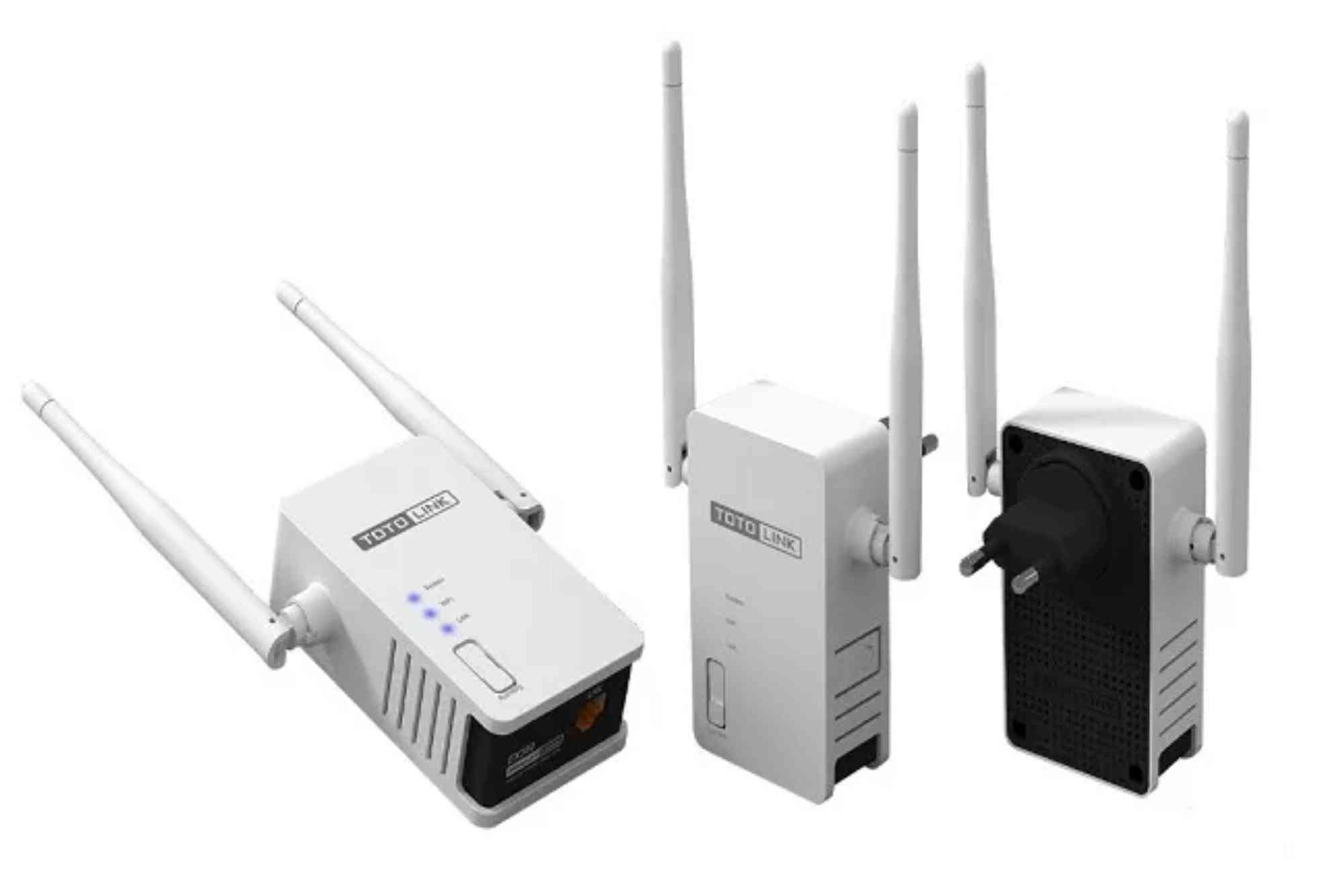Introduction
A mesh Wi-Fi system is designed to provide seamless internet coverage throughout your home. By using multiple nodes, it eliminates dead zones and creates strong, consistent connectivity. However, one of the most common challenges people face is mesh Wi-Fi interference with other devices. From microwaves to baby monitors, many everyday electronics can disrupt your wireless signal. These interruptions cause slower speeds, buffering, and frustrating disconnections.
If you’ve noticed lag while streaming or weak signals in certain areas, interference is likely the culprit. The good news is that you can take practical steps to minimize disruptions and restore your network’s performance. In this guide, we’ll explore what causes interference, how it affects your mesh Wi-Fi, and the best strategies to fix it.
Understanding Mesh Wi-Fi Interference
What Causes Mesh Wi-Fi Interference?
Wi-Fi signals travel through radio waves, and these waves compete with signals from other devices. The most common causes of mesh Wi-Fi interference include:
-
Household devices such as cordless phones, baby monitors, and microwaves.
-
Overlapping channels from nearby Wi-Fi networks.
-
Physical barriers like walls, metal, and large appliances.
-
Bluetooth devices running on the same frequency band.
When multiple signals collide, your Wi-Fi connection struggles to maintain stability, leading to reduced performance.
Why Mesh Wi-Fi Is More Susceptible
Unlike traditional routers, mesh Wi-Fi relies on constant communication between nodes. If interference disrupts this communication, the entire network suffers. This is why even small disruptions can lead to noticeable slowdowns across all connected devices.
Practical Ways to Reduce Interference
Optimize Node Placement
Placing your mesh nodes strategically is the first step toward minimizing interference. Avoid placing nodes near metal objects, microwaves, or cordless phones. Instead, position them in open spaces, slightly elevated, and with clear sightlines.
If you live in a multi-story home, ensure at least one node is placed centrally on each floor. This reduces the need for signals to pass through multiple barriers.
Use Dual-Band and Tri-Band Systems
Modern mesh Wi-Fi systems offer both 2.4GHz and 5GHz frequencies. Some advanced systems even include a third dedicated band for node communication. By ensuring your system automatically balances traffic between these bands, you reduce congestion and improve reliability.
If possible, connect devices that require high bandwidth—such as TVs or gaming consoles—to the 5GHz band while leaving smaller devices on 2.4GHz.
Change Wi-Fi Channels
Just like radio stations, Wi-Fi channels can overlap and cause noise. Many routers default to the same channels, creating unnecessary interference. Switching your mesh Wi-Fi to less crowded channels helps.
Most mesh systems offer an automatic channel selection feature, but you can also manually adjust channels in the app or settings dashboard.
Limit Bluetooth and Smart Device Congestion
Bluetooth headphones, speakers, and smart home gadgets share the 2.4GHz spectrum with Wi-Fi. To reduce interference, avoid clustering too many devices in one area.
If possible, configure certain devices to connect to 5GHz. This helps balance network traffic and minimizes conflicts.
Update Firmware Regularly
Manufacturers frequently release updates to fix bugs and optimize performance. Outdated firmware may lack the latest interference-reducing technologies. Check your mesh Wi-Fi app regularly and enable automatic updates for both nodes and connected devices.
Use Wired Backhaul When Possible
One of the most effective ways to minimize interference is to use an Ethernet cable to connect your mesh nodes. This setup, known as wired backhaul, frees up wireless channels for device connectivity and improves overall stability.
For households with heavy internet use, wired backhaul can make a noticeable difference in performance.
Advanced Solutions for Reducing Interference
Enable Quality of Service (QoS)
Many mesh systems allow you to prioritize bandwidth for specific activities like gaming, video calls, or streaming. This ensures that interference from other devices doesn’t disrupt your most important tasks.
Separate Guest Networks
Setting up a guest network prevents unnecessary traffic from slowing down your main network. This keeps your core devices safe and ensures interference from visiting devices is minimized.
Invest in Wi-Fi 6 or Wi-Fi 6E Mesh Systems
Newer mesh Wi-Fi systems using Wi-Fi 6 or Wi-Fi 6E technology are designed to handle interference more effectively. They support more simultaneous connections, provide better range, and reduce latency.
Upgrading to Wi-Fi 6E also gives you access to the 6GHz band, which is currently less congested than 2.4GHz or 5GHz.
Real-World Impact of Mesh Wi-Fi Interference
Interference isn’t just an inconvenience—it affects how your household uses technology. For example, a family trying to stream movies, attend video calls, and play online games simultaneously will experience noticeable delays if interference isn’t managed.
Businesses running home offices or remote work setups also risk productivity losses from constant disruptions. By tackling interference, you not only boost speed but also ensure reliable connections for all smart devices.
FAQs
Why does my mesh Wi-Fi slow down when I use the microwave?
Microwaves operate around 2.4GHz, the same as many Wi-Fi signals. This overlap disrupts the signal and temporarily slows your network.
Can Bluetooth interfere with mesh Wi-Fi?
Yes, Bluetooth devices share the 2.4GHz spectrum. Too many Bluetooth gadgets can cause congestion, reducing Wi-Fi performance.
Should I place mesh nodes near windows?
Yes, placing a node near a window can improve coverage for outdoor areas. However, avoid placing them too close to reflective glass, which can bounce signals.
Is 5GHz always better than 2.4GHz?
Not always. While 5GHz offers faster speeds, 2.4GHz provides better range through walls and obstacles. A balanced mix works best.
Do I need to replace my router to reduce interference?
Not necessarily. Simple adjustments like repositioning nodes, changing channels, and updating firmware can solve most interference problems. However, upgrading to a newer mesh system may help in high-density environments.
Mesh Wi-Fi is a game-changer for modern households, but mesh Wi-Fi interference with other devices can hold it back. By optimizing node placement, updating firmware, balancing devices across bands, and considering advanced solutions like wired backhaul or Wi-Fi 6, you can drastically reduce disruptions.
A smooth, uninterrupted Wi-Fi experience ensures your smart home devices, streaming platforms, and work tools function seamlessly. If you’re struggling with interference and want professional-grade connectivity, explore trusted providers like Dhanote Internet Services, which offer reliable solutions for uninterrupted online experiences








